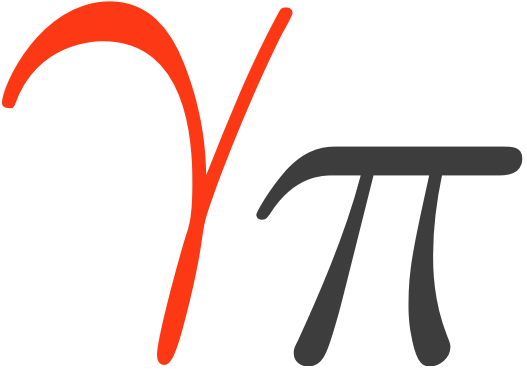EffectiveAreaTable2D#
- class gammapy.irf.EffectiveAreaTable2D[source]#
Bases:
IRF2D effective area table.
Data format specification: AEFF_2D.
- Parameters:
Examples
Here’s an example you can use to learn about this class:
>>> from gammapy.irf import EffectiveAreaTable2D >>> filename = '$GAMMAPY_DATA/cta-1dc/caldb/data/cta/1dc/bcf/South_z20_50h/irf_file.fits' >>> aeff = EffectiveAreaTable2D.read(filename, hdu='EFFECTIVE AREA') >>> print(aeff) EffectiveAreaTable2D -------------------- axes : ['energy_true', 'offset'] shape : (42, 6) ndim : 2 unit : m2 dtype : >f4
Here’s another one, created from scratch, without reading a file:
>>> from gammapy.irf import EffectiveAreaTable2D >>> from gammapy.maps import MapAxis >>> energy_axis_true = MapAxis.from_energy_bounds( ... "0.1 TeV", "100 TeV", nbin=30, name="energy_true" ... ) >>> offset_axis = MapAxis.from_bounds(0, 5, nbin=4, name="offset") >>> aeff = EffectiveAreaTable2D(axes=[energy_axis_true, offset_axis], data=1e10, unit="cm2") >>> print(aeff) EffectiveAreaTable2D -------------------- axes : ['energy_true', 'offset'] shape : (30, 4) ndim : 2 unit : cm2 dtype : float64
Attributes Summary
Methods Summary
from_parametrization([energy_axis_true, ...])Create parametrized effective area.
peek([figsize])Quick-look summary plots.
plot([ax, add_cbar, axes_loc, kwargs_colorbar])Plot effective area image.
plot_energy_dependence([ax, offset])Plot effective area versus energy for a given offset.
plot_offset_dependence([ax, energy])Plot effective area versus offset for a given energy.
Attributes Documentation
- default_unit = Unit("m2")#
- required_axes = ['energy_true', 'offset']#
- tag = 'aeff_2d'#
Methods Documentation
- classmethod from_parametrization(energy_axis_true=None, instrument='HESS')[source]#
Create parametrized effective area.
Parametrizations of the effective areas of different Cherenkov telescopes taken from Appendix B of Abramowski et al. (2010), see https://ui.adsabs.harvard.edu/abs/2010MNRAS.402.1342A .
\[A_{eff}(E) = g_1 \left(\frac{E}{\mathrm{MeV}}\right)^{-g_2}\exp{\left(-\frac{g_3}{E}\right)}\]This method does not model the offset dependence of the effective area, but just assumes that it is constant.
- Parameters:
- energy_axis_true
MapAxis, optional Energy binning, analytic function is evaluated at log centers. Default is None.
- instrument{‘HESS’, ‘HESS2’, ‘CTAO’}
Instrument name. Default is ‘HESS’.
- energy_axis_true
- Returns:
- aeff
EffectiveAreaTable2D Effective area table.
- aeff
- peek(figsize=(15, 5))[source]#
Quick-look summary plots.
This method creates a figure with three subplots:
Energy dependence plot : effective area versus true energy for a given offset
Offset dependence plot : effective area versus true energy for a given offset
Effective area 2D map
- Parameters:
- figsizetuple, optional
Size of the figure. Default is (15, 5).
- plot(ax=None, add_cbar=True, axes_loc=None, kwargs_colorbar=None, **kwargs)[source]#
Plot effective area image.
- Parameters:
- ax
Axes, optional Matplotlib axes. Default is None.
- add_cbarbool, optional
Add a colorbar to the plot. Default is True.
- axes_locdict, optional
Keyword arguments passed to
append_axes.- kwargs_colorbardict, optional
Keyword arguments passed to
colorbar.- kwargsdict
Keyword arguments passed to
pcolormesh.
- ax
- Returns:
- ax
Axes Matplotlib axes.
- ax
- plot_energy_dependence(ax=None, offset=None, **kwargs)[source]#
Plot effective area versus energy for a given offset.
- plot_offset_dependence(ax=None, energy=None, **kwargs)[source]#
Plot effective area versus offset for a given energy.
- __init__(axes, data=0, unit='', is_pointlike=False, fov_alignment=FoVAlignment.RADEC, meta=None, interp_kwargs=None)#
- classmethod __new__(*args, **kwargs)#
